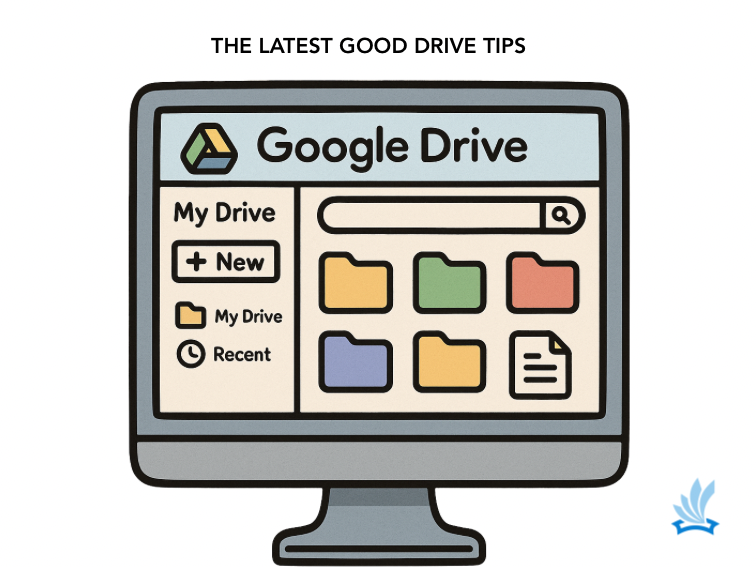What Is Educational Technology?
Definition: Educational technology is the systematic design, application, and evaluation of digital tools, data practices, and instructional systems to improve learning outcomes, teaching efficiency, and institutional operations. It integrates technological resources with pedagogical and curricular theory in service of clearly defined educational aims.
Scope and Development
The concept predates digital computing. Early twentieth-century audiovisual materials, filmstrips, and programmed instruction represented early forms of instructional technology, each reflecting the belief that new media could make learning more efficient or accessible.
The modern field broadened with the growth of personal computing and the internet. The 1960s saw the emergence of systems like PLATO at the University of Illinois, one of the first networked learning environments. The following decades introduced microcomputers, educational software, and eventually web-based platforms that allowed schools to deliver and manage content at scale.
By the early 2000s, learning management systems such as Blackboard, Moodle, and Canvas had institutionalized digital organization of teaching materials, while open educational resources and mobile technologies expanded participation globally.
Research and Design Foundations
The field draws on theories of learning from psychology, cognitive science, and instructional design. Models such as Gagné’s “Conditions of Learning” (1985), Mayer’s “Multimedia Learning” (2021), and Puentedura’s SAMR framework (2010) guide the alignment of technology choices with cognitive processes and instructional intent.
Educational technology research often distinguishes between “medium” and “method.” Clark (1983) argued that technology functions as a vehicle for instruction, not a cause of learning, while Kozma (1991) countered that media can shape how knowledge is represented and processed. This tension continues to inform current debates about artificial intelligence and adaptive learning.
Core Areas of Practice
Educational technology operates across several domains. First, it includes digital infrastructure—devices, networks, and platforms that enable content distribution and data exchange. Second, it involves instructional design, where technology is used to structure learning experiences through sequencing, feedback, and interactivity. Third, it encompasses analytics and feedback systems that capture evidence of learning for reflection and improvement.
These domains are linked by a shared design principle: technology serves pedagogy, not the reverse. Tools are evaluated by how well they make learning visible, adaptable, or sustainable rather than by their novelty or popularity.
Pedagogical Integration
Integrating technology into instruction requires deliberate alignment between learning objectives and tool affordances. The process begins with the desired understanding or skill, identifies how evidence of mastery will appear, and only then selects the simplest digital means to support that progression.
For example, a simulation might model a scientific process that cannot be easily observed, while a collaborative document might capture peer reasoning in real time. These uses do not change what students are expected to learn but make the learning process more transparent and iterative.
When integration succeeds, the technology disappears into the pedagogy—it becomes an invisible framework for inquiry, communication, and feedback. Poor alignment, by contrast, often produces cognitive overload or superficial engagement.
Impact and Limitations
Meta-analyses of technology’s impact on learning yield mixed but instructive findings. Tamim et al. (2011) synthesized forty years of research and reported a small to moderate positive effect on achievement when technology was implemented within sound pedagogical frameworks. More recent analyses emphasize contextual factors—teacher expertise, institutional support, and access—as stronger predictors of success than the tools themselves.
The limitations are clear to practicing teachers. Digital inequities persist across regions and demographics, influencing both access and outcomes. Data privacy remains a growing concern, particularly as artificial intelligence and adaptive platforms expand their use of student information. UNESCO’s (2023) Global Education Monitoring Report cautions that without regulation and transparency, technology can amplify rather than reduce inequality.
Emerging Directions
Artificial intelligence changes the boundaries of what educational technology can automate and personalize, though it doing so in a consistently helpful way is still an issue. Systems like large-language-model tutors or generative feedback tools raise questions about authorship, accuracy, and dependence, but they also promise new forms of formative assessment and differentiated instruction.
Immersive environments, data dashboards, and interoperability standards are also impacting–for better or for worse–how evidence of learning is collected and interpreted. The future of educational technology is likely to hinge less on invention than on governance—how tools are validated, how data are managed, and how digital systems reflect ethical and pedagogical priorities.
Further Reading
For applied examples of platforms and classroom strategies, see Examples of Educational Technology, which extends this overview with current classroom practices and emerging categories.
References
Clark, R. E. (1983). Reconsidering research on learning from media. Review of Educational Research, 53(4), 445–459.
Gagné, R. (1985). The Conditions of Learning (4th ed.). Holt, Rinehart & Winston.
Kozma, R. B. (1991). Learning with media. Review of Educational Research, 61(2), 179–211.
Mayer, R. E. (2021). Multimedia Learning (3rd ed.). Cambridge University Press.
Tamim, R., Bernard, R., Borokhovski, E., Abrami, P., & Schmid, R. (2011). What forty years of research says about the impact of technology on learning. Review of Educational Research, 81(1), 4–28.
UNESCO. (2023). Global Education Monitoring Report: Technology in Education. Paris: UNESCO.
